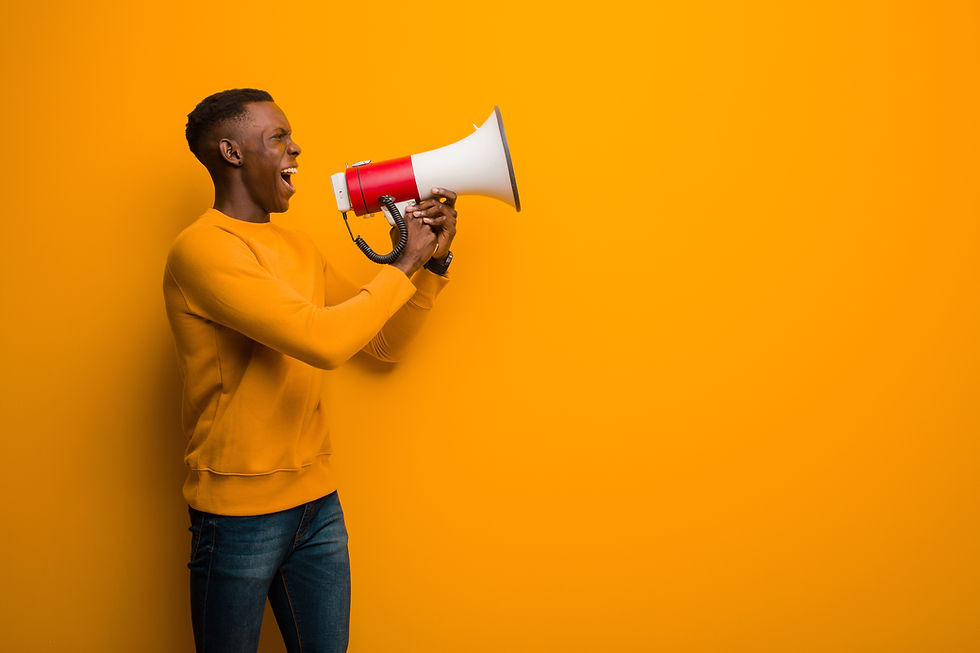Trends We’re Loving (and Leaving) in Visual Design This Year
- Kila Studios
- Jul 15
- 3 min read

Visual design is always shifting — and as a creative studio, we’re constantly watching how trends evolve, how they influence the brands we build, and when it’s time to let go of what’s no longer serving.
Whether you're refreshing your visual identity or planning your next campaign, staying aware of design trends (and traps) can help you stay sharp, relevant, and intentional.
Here’s what we’re loving right now — and what we think it's time to retire.
Trends We’re Loving
1. Bold Type, Clean Layouts
Big, unapologetic typography is everywhere this year — and we’re here for it. Whether it’s oversized headlines or brutalist-inspired layouts, type is taking centre stage. When done right, it makes a statement without relying on flashy graphics.
→ Why it works: It’s direct, confident, and lets messaging do the heavy lifting.
2. Lo-Fi, Hand-Made Details
From hand-drawn scribbles to paper-cut textures, we’re seeing a resurgence in tactile, lo-fi elements. It adds a layer of human-ness that’s often missing in overly polished digital designs.
→ Why it works: It builds emotional connection and helps brands feel more real.
3. AI-Enhanced Design (Used Intentionally)
We’re not here to let AI design for us — but we’re embracing tools that enhance our process. Smart mock-ups, AI-powered colour exploration, and automated layout testing are all helping us move faster without losing our creative edge.
→ Why it works: When used intentionally, AI gives creatives more time to focus on ideas, not grunt work.
4. Motion-First Design
From animated logos to scrolling micro-interactions, motion is becoming an expectation, not an extra. Brands are embracing movement to tell richer stories and guide users through experiences.
→ Why it works: Movement catches the eye, holds attention, and brings a brand to life — especially in digital spaces.
5. Colour That Feels Brave (Not Just Trendy)
Muted tones and neutrals are finally making room for expressive, unexpected palettes — deep greens, electric lilacs, mustard yellows. But the key isn’t just choosing colours that pop — it’s choosing ones that mean something.
→ Why it works: Colour is emotion. And right now, brands want to feel more than they want to blend in.
Trends We’re Leaving Behind
1. Generic Gradient Overload
Gradients are great when they’re intentional. But too many designs are still hiding behind vague, Pinterest-core fades that don’t say anything. We’re calling it: gradients without purpose are out.
→ What to do instead: Use gradients with a concept — tied to light, emotion, or direction — or go flat and own it.
2. Overly Minimal, Overly Safe
Minimalism had a long run, but we’re seeing a shift away from brands trying to be everything to everyone. Safe design is becoming invisible — and it’s costing brands attention and personality.
→ What to do instead: Be bold. Be weird. Be remembered.
3. Stock Icons and Cookie-Cutter Illustrations
You know the ones. The same rounded little people doing office-y things in pastel blue and coral. These are starting to feel soulless and lazy — and consumers are tuning them out.
→ What to do instead: Invest in original illustration or photography that actually reflects your audience and message.
4. Design That Doesn’t Scale
Design that looks good on desktop but falls apart on mobile? Still happening. In 2025, there’s no excuse for not designing responsively and strategically across platforms.
→ What to do instead: Design with the scroll in mind — not just the slide deck.
5. Style Without Story
We’re done with trend-hopping for the sake of aesthetic. Design should always serve the story. A visual identity might follow trends, but if there’s no real narrative behind it, it won’t stick.
→ What to do instead: Build from the why, not the vibe.
Our Final Thought:
Trends are tools — not templates. At Kila Studios, we believe great design isn’t just about what looks current, but what feels right for your audience and your brand's journey.
Want to evolve your visual identity or rethink your creative direction this year? We’d love to help.









Comments